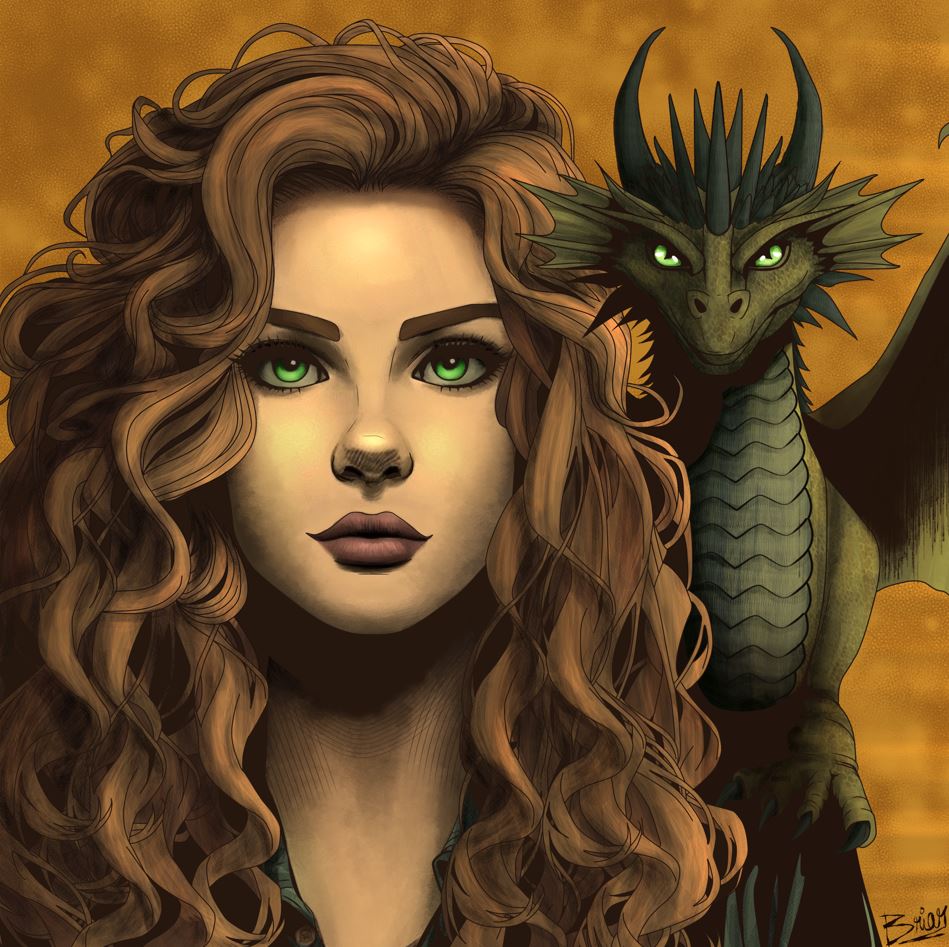
2024-08-15
ne of the interesting things about being a writer is when you can go back to your favorite books or movies and analyze what it was about them that you liked. This is what I have been doing lately for research for my latest WIP (temporarily called “Woad”) for scary scenes. While my novel is not a straight horror, it will have some scary moments, and I wanted them to be SCARY, so I looked to the experts!It would not be me if I did not make a list, so here is a list of some things I notice that most horror movies and stories like to do:
For Jurassic Park, it was the raptor attack in the very first scene, then again with the missing goat. For Alien, and Pitch Black, it was showing that people were there before them, but something terrible must have happened. For The Purge and Battle Royale, it was the first kill. Maybe for your own book it’s a body, a lucky survivor, or a newspaper clippings of a previous attack.
The point of this is to show that yes, what is out there is indeed dangerous and is a risk to your characters.
My one suggestion with this, though, is don’t have the something kill the family dog. I tell you, if I was paid for every time that happens in a horror movie, I would be rich. When I see a dog on screen or in a book now, I expect the dog to be killed for evidence of danger, and that predictability takes part of the fun out of it.
For Jurassic Park, it was the water rippling in the cup with the heavy sound of steps coming closer. For Alien, it was the map showing something coming in closer (and fast) towards someone. Other stories have a character do something as simple as noticing something off. Maybe movement in the woods that is just at the corner of their eye but gone when they look at it.
You hint that something is there, but you don’t show the danger right away, that way readers are scared even before the danger appears.
![]()
Is there a way to tell something is there without actually showing the danger? Does your killer whistle? Does your monster communicate with others in the pack with a particular sound?
These are actually shortcuts. After the first encounter with the danger, these calling cards are a quick way to add anticipation for the next encounters. For example, after you show a killer whistling a tune once, if the character is walking and hears it again, that immediately builds anticipation for the reader. They know that the danger is out there and how dangerous it is, but they don’t know where yet.
The one thing that is easier to do in book than movies is to use more senses. Does the character smell blood? Does a killer wear a particular scent of perfume? Is the floor slick with something? Does the air feel thick?
You can use these in books, too. It is a character looking out a window, and having a hand slam against it from the outside. Or perhaps a character is driving, and something slams into the side of the vehicle without warning.
Use these sparingly. If they are used too often, it can become expected (therefore making them not as scary)
That old lady across the street might have maggot-white hair. Those flowers? Maybe they are blood red. The floorboards might creek like old bones, and the branches might grab onto clothes like fingers.
Using these in the right places can remind people of the tone.
If things are getting scarier, take hint from Edgar Alen Poe and consider making sentences shorter. Doing this makes it seem like the scene is happening fast for both the reader and the character, adding to the panic.
And there we have it! What I have learnt so far. Have more tips? Please let me know in the comment section!


I’m Briar Crawford, a wordsmith on a quest to weave tales that transport readers to fantastical realms. Through my blog, I share the insights and resources I gather along my writing journey, hoping to aid fellow scribes.
